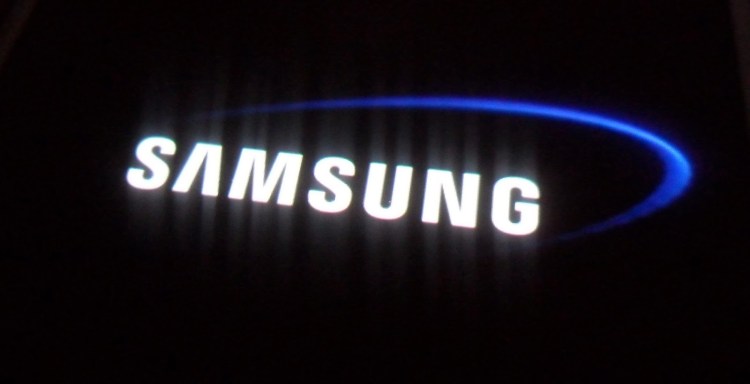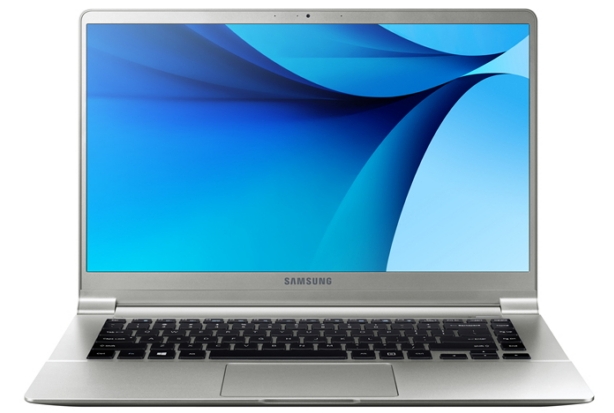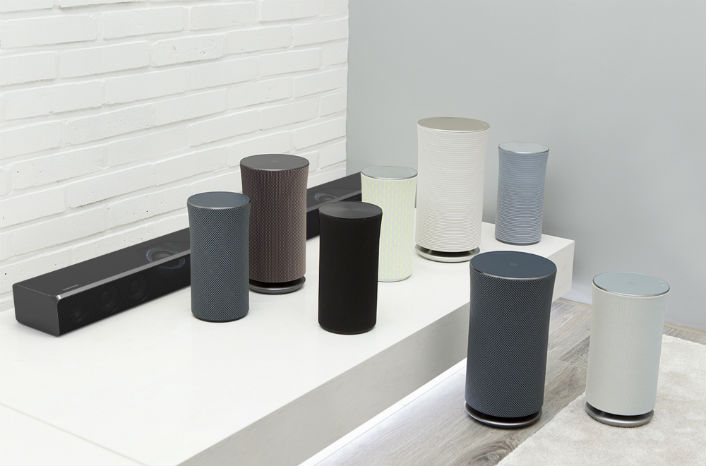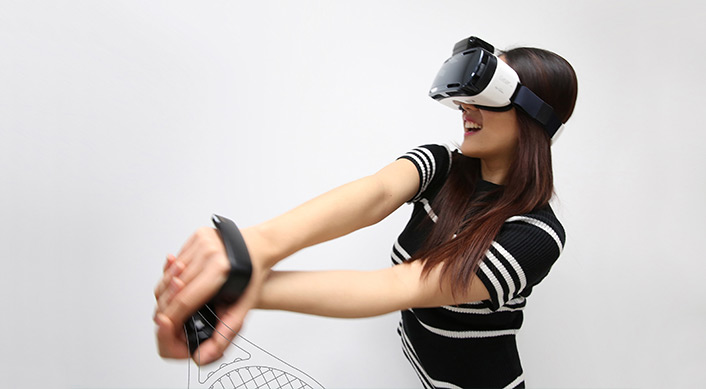Another year, another CES, and the annual Las Vegas tech extravaganza is once more shining a light on a myriad of weird and wonderful products emerging from the world’s innovators.
As in previous years, Samsung has been the talking point for many, with a fairly eclectic range of new offerings. Here’s a quick recap of everything the Korean tech titan has announced at CES 2016.
Smart fridges and washing machines
Perhaps the biggest headline-grabber of the show was Samsung’s interesting new, erm, fridge. The Family Hub connected cooler has a 21.5-inch HD touchscreen on the door that can be used like any other screen — you can control your music, shop online, watch TV, and so on. It also has sensors that can detect and automatically order food that’s running low, and you can remotely view the contents of your fridge, thanks to the interior cameras.
https://www.youtube.com/watch?v=rkfYQdbayDc
Elsewhere in the kitchen appliance realm, Samsung also re-introduced the world to AddWash, the company’s smart new approach to loading washing machines. First announced at IFA in September, Samsung’s new AddWash spinners let you add items of clothing to the main cycle mid-wash… no need to drain the machine first.
Samsung wasn’t the only washing machine to launch at CES — Marathon Laundry demonstrated a machine that can both wash and dry in the same drum. It also connects to the Internet.
PCs, tablets, & wearables
Samsung unveiled the Galaxy TabPro S — a 12-inch, Windows 10-powered tablet that’s apparently looking to take on Apple’s iPad Pro and Microsoft’s Surface Pro.
One selling point for Samsung’s incarnation is that it comes bundled with its own keyboard and cover. This was Samsung’s second TabPro-branded device (the first one ran on Android).
Samsung also introduced two new laptops — the Samsung Notebook 9 series, available in 15-inch and 13.3-inch versions. Perhaps the biggest selling point of these new machines is their size and weight. The 13.3-inch version weighs just 0.84kg (1.85 lbs) and is 13.4mm at its thickest, while the larger sibling comes in at 1.29kg (2.84 lbs) and is just 14.5mm.
Samsung announced a new Chromebook at CES 2016. The laptop, which uses Google’s cloud-focused Chrome OS as its operating system, is similar to Samsung’s previous Chromebooks in many ways, but this one promises (up to) an impressive 11.5 hours of battery, compared to the measly 8.5 hours of the Chromebook 2.
In addition to laptops and tablets, Samsung unveiled two new colors for its Samsung Gear S2 smartwatch: gold and platinum. The company also used CES to reveal two interesting tidbits regarding the timepiece — support for iOS is coming in 2016, while its Apple Pay competitor, Samsung Pay, will be brought into the fray, too.
Sound & vision
Samsung is a major player in the smart TV realm, and the company used CES to show off its latest smarts.
Indeed, Samsung’s 2016 lineup of SUHD TVs will feature quantum dot displays, with the “world’s first” bezel-less curved design. You will be able to control more than 200 smart devices in your home thanks to integration with the SmartThings Hub.
Additionally, the TVs will also have a universal remote for controlling all devices connected to your TV, including games consoles, Blu-ray players, and set-top boxes.
In the gaming realm, Samsung lifted the lid on a quartet of curved monitors — CF591, CF391, CF390 and CF398 — which are “designed to match the natural shape of the human eye.” They’re supported by AMD FreeSync Technology Over HDMI, which basically means the screen refresh rate is synchronized with users’ graphics card frame-rate.
For businesses and advertisers, Samsung also demoed a new UHF-E video wall that sports next to no bezel around the edges. At just 0.9mm on the top and left sides, and 0.5mm across the bottom and and right sides, Samsung touts the screen, which is designed for indoor use, as the “slimmest bezel video wall” in the world.
For retailers with brick-and-mortar stores, Samsung revealed what could be the future of in-store information — a new 55-inch transparent OLED display that can allow new products to be encased in digital signage without obscuring the product.
It’s not just about screens, though. Samsung also lifted the lid on the HW-K950 Soundbar, the company’s first speaker system to feature Dolby Atmos technology.
The Soundbar sports a trio of forward-facing speakers and two upward-facing ones, and it connects wirelessly to the subwoofer and rear speaker units. It can also connect to Samsung’s Wireless Audio 360 system, which means you can control the audio from your computer or mobile device.
Internet of Things
Microsoft and Samsung announced a new partnership at CES encompassing Internet of Things (IoT). The duo demoed Windows 10 and Samsung IoT-ready appliances, emphasizing that Windows 10 would play a big role on all sorts of Samsung devices, including those that fall into the broad IoT category. More concrete details on the partnership, however, weren’t shared.
Windows 10 aside, Samsung talked a lot about IoT. The discussion was full of empty statements (“The Internet of Things is now ‘in sync with real life'”) but if you’re interested, you can read more here.
Future gazing…
Alongside its new products, Samsung also lifted the lid on a handful of works-in-progress. One of these was Samsung Media Square, software that works with your TV to help connect multiple people in the same room for a shared big-screen experience — for example, friends with smartphones and smartwatches could queue up songs, photos, videos, or games from their own devices.
https://www.youtube.com/watch?v=mu5Dxj6xdvY
Samsung is also demoing a trio of prototypes from its creative lab, known as Samsung C-Lab. These are all early-stage products, and no timescale has been given for when they’ll go to market… if at all.
There are smart fridges, smart washing machines, smart vacuum cleaners, so why not have smart belts? Samsung’s Welt is a “discreet” device that you wear around your waist like a belt. It can monitor waist size, eating habits, and steps taken, while serving up a range of weight-management plans.
Rink, on the other hand, is touted as an “advanced hand-motion controller for mobile VR devices.” It lets you control virtual reality content through your head-mounted display using just your hands, eliminating the need to grip the device.
Elsewhere, TipTalk lets you listen to sounds from connected devices such as phones and smartwatches by touching your ear with your finger. No headphones are required, but you will need to attach the TipTalk device to your watch strap.
CES is always awash with a slew of new products — some of them will be hits, others may never see the light of day again. But by looking at Samsung’s array of products gives a broad insight into some of the key trends of the moment. The so-called Internet of Things is clearly a major driving force in development labs around the world, even though things like connected fridges may reaffirm some people’s notion that it should be called the Internet of Shit.
As gimmicky as such things are, we shouldn’t lose sight of the bigger picture. We’re still in the early days of true connectivity. It may transpire that people don’t want an Internet-connected refrigerator and washing machine, but there is little question that homes and societies of the future will be far more connected than they are today.












